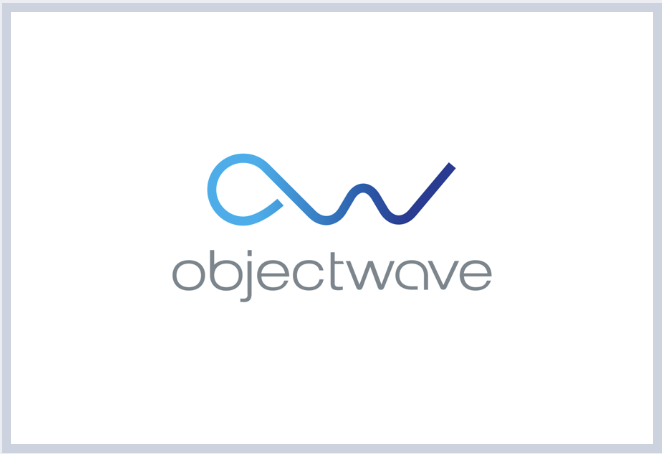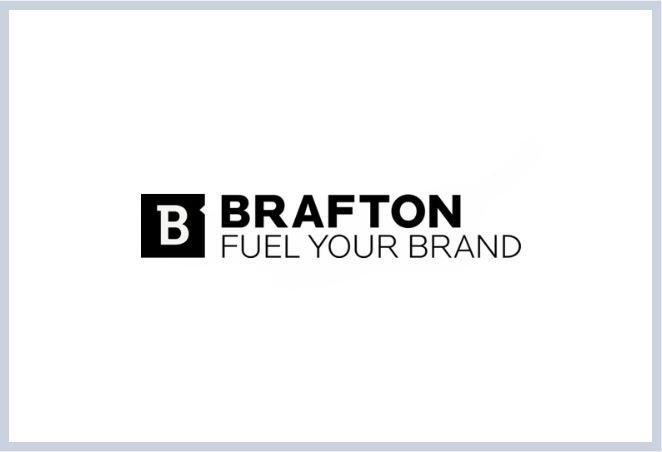Interactive Infographics
Digital engagement is at a premium. In a world where generic text and stock imagery are out, interactive content like animated infographics is in.
Speak With a Brafton Expert:
By entering your email address, you agree to receive emails from Brafton in accordance with our Privacy Policy.
You may unsubscribe from these communications at any time.

How It Works
We use a multi-tiered interactive infographic design model that customises the scope and size of your graphical assets to match your commercial needs. Whether you’re looking to visualise complex information or create engaging visuals for your audience, if your brand has big dreams, we’ve got big content. And interactive infographics are a powerful tool that can make those dreams a reality.
Interactive infographic design is the next frontier in content marketing, enabling your site visitors to directly interact with your brand. Through an interactive chart, moving graphics or other engaging elements, viewers become active participants in your brand’s content, experiencing information in a way traditional infographics can’t match.
Benefits of Interactive Infographic Design
A static infographic has its place and is more than capable of building a valuable narrative for your audience. However, when dealing with complex information or statistical information, data visualisation often demands a more creative, comprehensive approach, especially when you have a lot to say. An interactive graphic presentation, such as an interactive timeline infographic or comparison infographic, allows you to make readers part of the narrative instead of passive viewers.
An interactive infographic has many benefits over its static counterpart, including:
Creativity
With the right interactive design tools, you can build an interactive experience with elements your audience may never have seen before. Incorporating animated graphics, engaging visuals and interactive features can transform even lacklustre data into compelling stories. Even complex information can come to life when your graphics are unique and creative, utilising elements such as animated infographics to captivate your audience.
Engagement
Interactive elements invite readers to take action and make things happen. With a click or tap, they can see your data come to life through interactive videos or animated infographics, helping them engage with your content — and your point — more effectively. This level of engagement turns passive viewing into active participation, enhancing the impact of your visual storytelling.
Data Visualisation
Sometimes, a static infographic simply isn’t broad enough to encompass complex data or detailed information. An interactive infographic allows you to experiment with different design elements — such as interactive charts, pie charts, map infographics or process infographics — to include more information in ways that excite instead of overwhelm. By incorporating animated elements and interactive features, you can present statistical data in a more digestible format, making complex information accessible and engaging.
Interactive Infographic Examples
Click on each interactive infographic example to see it in action:
Each of these examples demonstrates different ways to utilise interactive features, from animated graphics and dynamic charts to digital storytelling techniques. By exploring these examples, you can see firsthand how interactive infographics provide additional information in an engaging and user-friendly manner.
An interactive infographic can take a variety of forms depending on your needs, data and design approach. Simply put, it’s a graphic display that relies on viewer interaction to show new pieces of information or make certain elements move. Unlike traditional infographics, which present information statically, interactive infographics engage users through dynamic content and interactive design elements.
Here are some examples of interactive infographic designs:

A list where every data point can be clicked to reveal supporting data points.
This type of interactive design allows users to delve deeper into complex information by revealing additional details upon interaction, making it ideal for presenting detailed information without overwhelming the viewer.

Questions that reveal their answers only when a user hovers over or clicks them.
Such interactive features enhance engagement and can be used in comparison infographics or statistical infographics to make the learning process more interactive.

Animations that show a number increasing.
Animated infographics like these utilise animated graphics to visualise data dynamically, such as statistical growth or process flows, capturing the viewer’s attention and making data visualisation more impactful.

A flowchart that uses moving graphics to show how things actually flow.
Process infographics with animated elements can illustrate complex processes or timelines effectively, aiding in visual storytelling and helping users understand the progression of events.
Interactive infographics are powerful tools that are data-rich, visually compelling and engaging. They also utilise animation so users can “interact” with the design. In essence, viewers can discover information on their own by scrolling, clicking, unfolding, panning and zooming over the infographic. These movements trigger the functions within the design to display additional information, making the content more engaging and personalised.
Interactive infographics are superior forms of static infographics, as they allow for more interesting data visualisation, dynamism in the types of information that can be presented and greater user engagement. By incorporating animated infographics and interactive design elements, you can present complex information in an accessible and engaging way.
Interactive elements can easily turn a good infographic into a great infographic by enhancing visual storytelling and engaging users on a deeper level.
How Interactive Infographics are Created
Interactivity requires integration and proficiency with certain technologies, such as Adobe Illustrator and Photoshop, as well as Adobe After Effects. The web page that hosts the infographic should include embed code, typically from a custom-built tool or a third-party resource, which enables animated elements and interactive features on the site. This combination of design elements and technology results in an interactive design that elevates traditional infographics to new heights.
The infographic creation process begins with a concept that requires involvement from Design, Animation and Tech departments. We provide standard infographic sizing options, but the best (or largest) ideas are better suited for interactivity, especially when dealing with complex information or aiming for impactful digital storytelling. An interactive infographic will require more data, more research, more user options (multiple choice questions, timeline infographics, map infographics or multi-layered pop-up functions, for instance) and programming to create. This collaborative approach ensures that the final product effectively communicates detailed information through engaging visuals.
After creating written outlines and mockups, we deliver them to you for approval. Next, we begin creating the infographic from scratch, incorporating design elements such as charts, animated graphics and interactive features, while testing different visualisation and engagement tactics that could enhance the user experience. This ensures that the final infographic not only presents information effectively but also engages users through interactive design.
You and your strategist can then determine the launch of the final product. Once the interactive infographic is live, we begin measuring web results, using tools such as Google Analytics, to report back on progress. This data-driven approach allows us to assess the effectiveness of the interactive design and make any necessary adjustments to optimise engagement.
Benefits of an Interactive Infographic Design Partner
When you set out to create an interactive experience, you may have a particular idea in mind, from an important data point to a marketing goal. You might even know how you want to present it — perhaps as a comparison infographic, timeline infographic or process infographic. However, to take your idea from concept to creation, you’ll need expertise in many different fields — and unless you have technical, design, copywriting and web experts at your disposal, you might struggle to create an infographic that’s as user-friendly as it is effective. Partnering with professionals who understand interactive design can transform your concept into a powerful tool for your content marketing strategy.
When you work with Brafton, all these things are taken care of for you. Our teams work together to bring your idea to life, so all you have to do is point us in the right direction. That means you can focus on your most important goals while we create the interactive infographic that will help you reach them.

Including Interactivity in Your Marketing
Interactive infographics can serve as standalone assets on a web page or as part of a more holistic content launch. Many of our clients create infographics for use as sales-enablement tools or to demo products or software in a user-friendly way.
At the top of the funnel, you can promote interactive graphics on social media and insert yourself into industry conversations by designing around recent trends. Sharing interactive infographics and related posts with engaging visuals can boost your brand’s visibility and attract more users to your content. Brafton designers can also animate a custom image, creating shorter motion infographics that can stand in for a stock image in a blog post, enhancing the visual appeal.
Further down the funnel, this visual content allows you to collect prospect data based on how they interact with your graphic. Using tools like Google Analytics, you can monitor user interactions with your features. If the design is a question-and-answer format or includes interactive videos, you can track the specific route their responses took – one direction could signal the user is simply a site visitor with little interest in your product, whereas the other direction could mean a visitor is actually a warm lead.
You can qualify prospects more quickly and then produce follow-up content based on their interaction with your graphic.
Interactive infographics are more resource-intensive to create, but they’re also of higher quality. To maximise the value, you should actively promote them to your target audience by distributing them across multiple channels.
The Visual Marketing You Need
We believe in content that converts — content that makes an impact. Engaging visuals and interactive design elements are crucial in today’s digital landscape.
Without visual elements such as interactive infographics, animated graphics and compelling charts, your content marketing dollars are wasted.
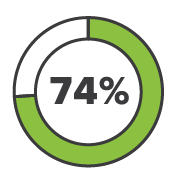
74% of marketers use visuals as the primary asset in their social strategies.
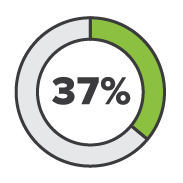
37% of marketers state visuals are the most important type of content for their businesses.
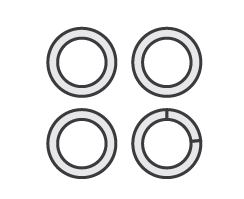
People follow directions 323% better when using text + illustrations compared to text alone.
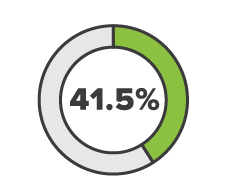
41.5% of marketers state custom infographics drive the highest visual engagement for their brand.

31% of marketers state they are devoting more than 40% of their marketing budget to visuals.
These statistics highlight the importance of visual storytelling in content marketing. Interactive infographics are a powerful tool that can elevate your brand’s message and engage your audience more effectively.
More than 4 billion people have internet access, and your content must compete with every piece of information on the web to earn an audience.
Not in the UK?
United States
Australia
Germany
